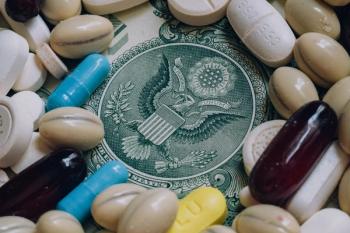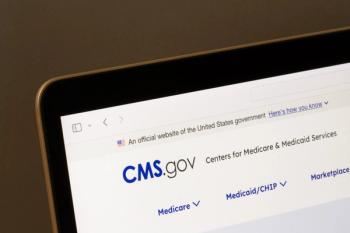
New York pharmacists win Medicaid reimbursement fight
A recent victory for New York State pharmacists fighting against reduced Medicaid reimbursements may be a victory for pharmacists across the country.
A recent victory for New York State pharmacists fighting against reduced Medicaid reimbursements may be a victory for pharmacists across the country.
New York pharmacy groups challenged flawed data models that were commissioned by the New York State Department of Health in 2012. The agency conducted extensive cost surveys and, on the basis of its statistical analyses, proposed a new reimbursement level that was well below what New York pharmacists could purchase the medications for.
First Databank, which the Department of Health commissioned to develop Average Acquisition Cost (AAC) models, mistakenly determined that the median cost to fill a retail prescription in New York State was $6.60. “They determined that it was less expensive to fill a script in the Bronx than in Alabama,” Tracy Russell, executive director of the Pharmacists Society of New York, told Drug Topics.
After bringing the flawed data and methodology to the attention of state legislators, the legislature removed the authority of the Department of Health to change reimbursement methodologies, thereby keeping the current Average Acquisition Cost (AAC) rates the same.
“If the governor and legislature had not intervened, a number of pharmacies may not have survived these deep cuts, severely impacting patient access to pharmacy care and resulting in more areas of the state that would have become medically underserved,” said Mike Duteau, RPh, president of the Chain Pharmacy Association of New York State and a vice president at Kinney Drugs.
The Chain Pharmacy Association, the Pharmacists Society of the State of New York (PSSNY), and other state pharmacy associations expressed strong concerns that the Department’s analyses of the cost data were highly flawed.
For example, the data excluded real pharmacy expenses and factored in costs from large out-of-state, mail-order operations. In mid-March, the associations supported this claim with a report prepared by Josef Schmee, an independent statistician from Union University. That report was reviewed and endorsed by faculty members from St. John Fisher College of Pharmacy and St. John’s University.
The New York legislature’s ruling is a positive signal for pharmacists across the country, Russell said. “First Databank was promoting it as a standard that should be replicated across the country. They said the New York survey was a model,” he said.
The legislature’s decision to keep Medicaid reimbursement rates at their current levels resulted from all the state’s pharmacy organizations working together, according to Russell and Duteau. More than 6,500 emails opposing reduced pharmacy reimbursements were sent to state legislators the night before the budget was passed.
“The Medicaid AAC proposal was a serious threat to pharmacy and all of our patients, potentially affecting all settings, including chain, independent, and hospital pharmacies,” Duteau said. “The profession was united in our stance that this program would lead to devastating financial losses, impacting our ability to continue to care for our patients. And not caring for our patients isn’t an option.”
Newsletter
Pharmacy practice is always changing. Stay ahead of the curve with the Drug Topics newsletter and get the latest drug information, industry trends, and patient care tips.





















































































































































